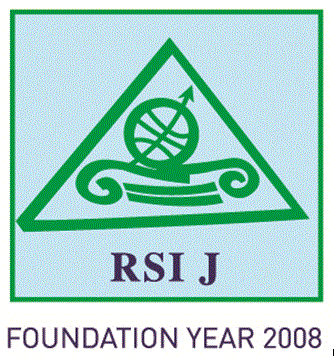Imade Yoga PRASADA
Junior Lecturer in Study Program of Agribusiness, Faculty of Science and Technology, Universitas Putra Bangsa, Jl Ronggowarsito No. 18 Kebumen 54361, Indonesia
imade.yogap@gmail.com
Aura DHAMIRA
Department of Agricultural Socioeconomics, Faculty of Agriculture, Universitas Gadjah Mada, Jl Flora Bulaksumur, Yogyakarta 55281, Indonesia
aura.dhamira@mail.ugm.ac.id
Agus Dwi NUGROHO
Junior Lecturer in Faculty of Agriculture, Universitas Gadjah Mada, Jl Flora Bulaksumur, Yogyakarta 55281, Indonesia ,PhD Student in Doctoral School of Economic and Regional Sciences, Hungarian University of Agriculture and Life Sciences, Godollo, Hungary
agus.dwi.n@mail.ugm.ac.id
Abstract
South Sumatra Province is known as Indonesia’s largest natural rubber-producing center. In the last few decades, South Sumatra has faced climate change issues marked by increased variability of maximum temperature, mean temperature, minimum temperature, and rainfall. On the other hand, smallholder rubber plantations are considered to be particularly vulnerable to climate change. Therefore, the goal of this study was to identify the climatic factors that affect the productivity of smallholder rubber plantations in South Sumatra. The data was gathered from the Indonesian Central Bureau of Statistics and the Indonesian Agency for Meteorology, Climatology, and Geophysics from January 2006 to December 2019. A quadratic regression model was used to analyze the data. The results showed that maximum temperature, mean temperature, minimum temperature, and rainfall affect the productivity of smallholder rubber plantations. Maximum temperature and rainfall indicate a pattern that is increasing to the optimum point of 32.29 °C and 281.40 mm respectively and after that, it will slow down. The mean temperature and minimum temperature show a pattern that is decreasing to the optimum point of 26.84 °C and 22.14 °C respectively and after that, it will slow down.
Keywords: productivity, smallholder rubber plantations, temperature, rainfall
JEL classification: Q15, Q54, Q57
pp. 109-121
